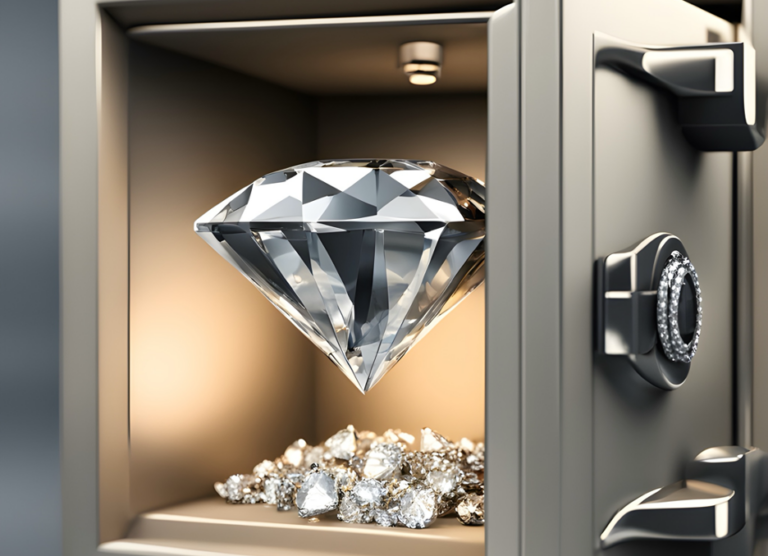Jewellery has long played a significant role in royalty and aristocracy, symbolizing power, wealth, and status. Throughout history, these precious adornments have served not only as decorative items but also as markers of political alliances, familial ties, and personal milestones.
Royal jewellery often symbolizes the authority and legitimacy of a monarch. Crowns, scepters, and other regalia are not only ornate but also carry historical and ceremonial importance. For example, the British Crown Jewels, including the Imperial State Crown and the Sovereign’s Sceptre, are used during coronations and other state occasions.
Jewellery passed down through generations often serves as a tangible link to a family’s heritage and history. These pieces can include tiaras, necklaces, rings, and other items that are often worn during significant events like weddings or official portraits. The continuity of these items can reinforce the idea of a stable and enduring dynasty.

Throughout history, jewellery has been used as diplomatic gifts to forge alliances between nations. Marriages between royal families often involved the exchange of valuable jewellery, serving as a dowry or a symbol of the union. For instance, the French Crown Jewels were enriched by the gifts exchanged during diplomatic marriages and treaties.
The rarity and expense of materials used in royal jewelry, such as diamonds, emeralds, rubies, and gold, are direct indicators of wealth and status. The more lavish and unique the pieces, the higher the perceived status of the wearer. For example, the Russian Imperial Family’s collection of Fabergé eggs showcases extraordinary craftsmanship and luxury.
While largely governed by tradition, royal jewelry also reflects the personal tastes and styles of individual monarchs. For example, Queen Elizabeth II is known for her extensive collection of brooches, each with its own story and significance. These pieces often reflect the fashion trends of their time while also setting new ones.
Jewellery plays a crucial role in various royal ceremonies. From coronations to state dinners, specific pieces are worn to convey the importance of the occasion. For example, the coronation of a British monarch involves the use of specific pieces like the Coronation Ring and the Orb, each symbolizing different aspects of the monarch’s duties.
Many royal jewels have fascinating histories that include intrigue, theft, and controversy. The Koh-i-Noor diamond, part of the British Crown Jewels, has a contentious history and remains a subject of dispute between several countries. In contemporary times, royal jewellery continues to capture public imagination, whether through royal weddings, public appearances, or exhibitions. These pieces remain a way for modern royals to connect with tradition while also engaging with the public.
The role of jewelry in royalty and aristocracy is thus a multifaceted topic that intertwines history, culture, politics, and personal expression.





